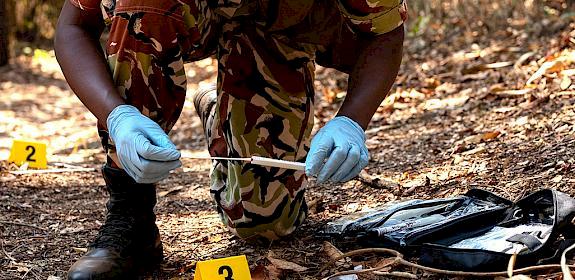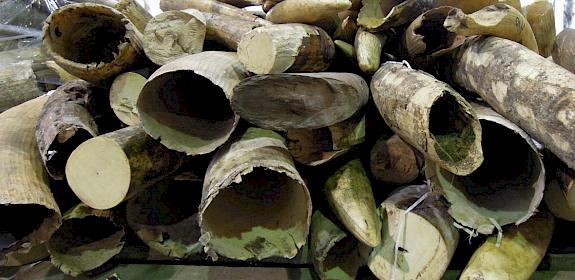
© WWF / Mike Goldwater
i
ivory: our perspective and priorities
The global ivory trade and the African elephant poaching crisis have remained a key wildlife conservation issue for decades.
A phenomenal degree of attention, resources, and sacrifice has been made by NGOs, rangers and individuals the world over to help stem the flow of illegal ivory and protect Africa’s threatened elephant populations. The drivers and facilitators of illegal ivory trade are shifting and complex, and various strategies and policies have been both suggested or implemented as a result. Below are our perspectives on key issues surrounding ivory trade.
key issues:
domestic bans,
ivory destruction,
African processing,
behavioural change
how we reach our policy position on ivory
In 1997 the Convention on the International Trade in Endangered Species of Wild Fauna and Flora (CITES) mandated TRAFFIC to establish and maintain a robust system to monitor ivory trade, now known as the Elephant Trade and Information System (ETIS).
This centralised database holds tens of thousands of records pertaining to ivory seizures and law enforcement actions from more than 100 countries and enables us to monitor and analyse complicated trade flows and evolving market dynamics with unrivaled precision.
By referring to the ivory market’s past reactions to global policy changes and maintaining a watchful eye over dynamic illicit trade flows, TRAFFIC, in conjunction with CITES management authorities, is able to confidently develop policies that prioritise the conservation of elephant populations above all other considerations associated with ivory trade.




